We have reached the point where two Swiss guys are more tanned than me. It’s sad, but it’s true. Anyway, there are more important things to talk about! Adi and Fabian have spent their Christmas and New Year’s in some very deserted lands and they are now close to have completed half of their kilometres goal (32 000).
The past months have been a cycling version of “Paris – Dakar”, as they have crossed Morocco, Western Sahara, Mauritania, and Senegal and are now taking a break in Cape Verde (wish I could join!).
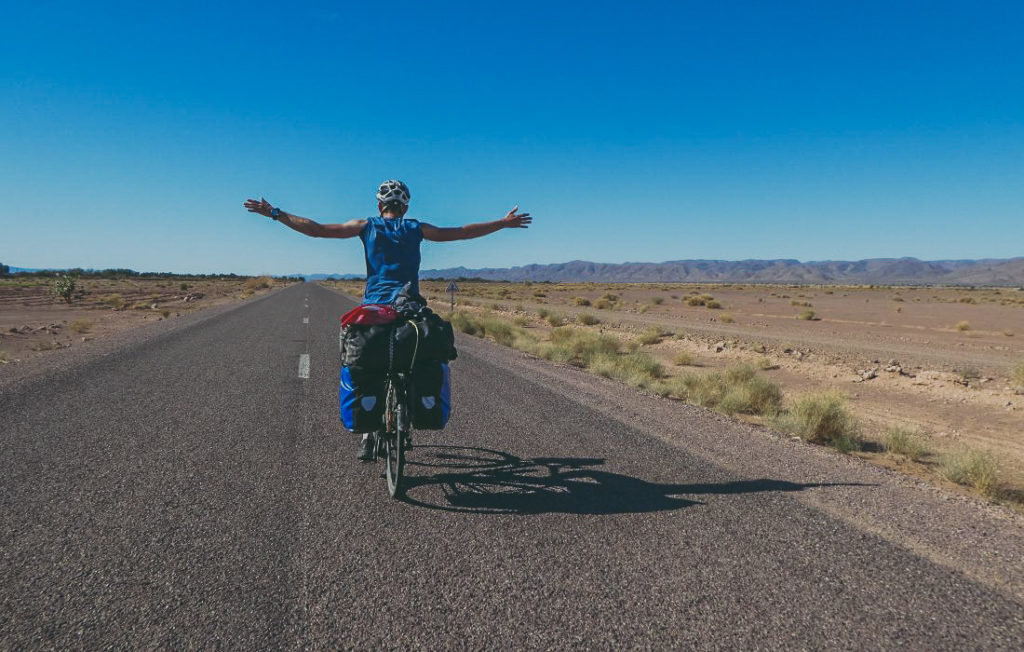
By what I saw on social media, cycling Africa really seems like a whole other level of challenge. Stronger language barriers, thousands of kilometres of emptiness and kind people seem to be some of the differences. Let them tell us the rest.
Starting in Morocco, which is a country full of life, diversity and things to see and do. Do you want to tell us about your itinerary, favourite cities (and why), landscape, food, moments…
We took the ferry to Tanger and then cycled a bit along the coast, before we cycled inland to Chefchaouen. At this point, we had to cross some hills in the Rif Mountains.
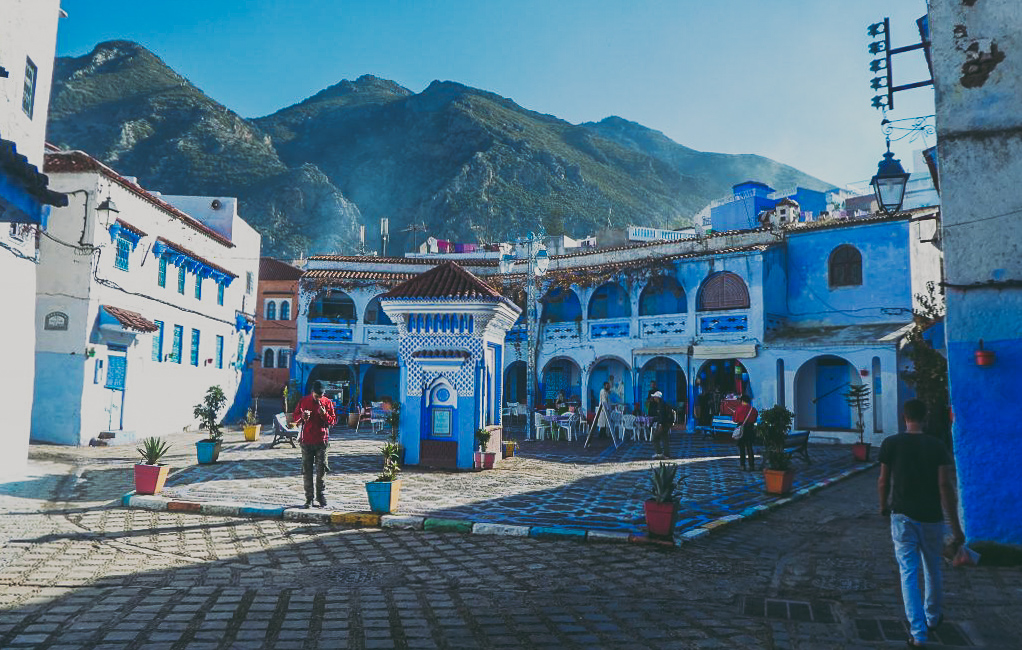
Afterwards we visited Rabat, Casablanca and Marrakech. After crossing the High Atlas Mountains, we reached Quarzazate and then Zagora. From Zagora we cycled the only main road to Guelmim and then through Western Sahara.
Our favourite city was Marrakech, because of the beautiful medina with all its riads and shops. There are many tourists, but it is still quite interesting to eat the food and discover all the crazy things happening at the main square.
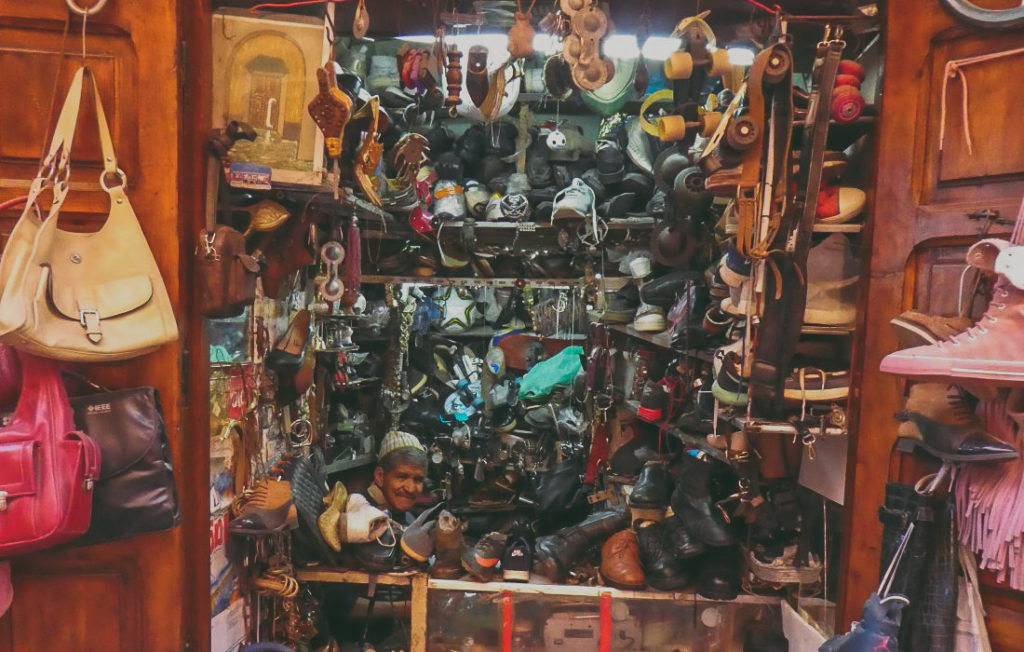
Landscape: High Atlas Mountains
Food: Desserts
Moment: Once, a fisherman invited us for dinner and we camped next to him. Even though he was extremely poor and had nothing, he offered us food and water. Unfortunately, we had no common language and communication was difficult.
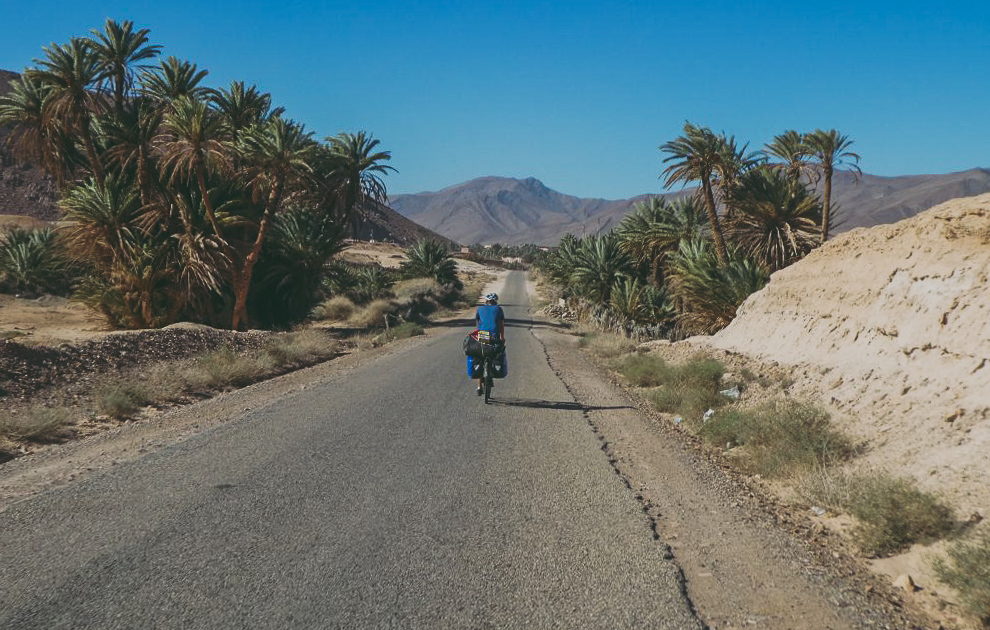
To reach Morocco was an important milestone for us. This meant we reached Africa and therefore the second chapter or our trip, which we both looked forward to the most. When we entered Morocco, we immediately realized there were changes and we had to adapt quickly to the traffic, culture and climate.
How was it to cycle Morocco? I feel like it’s the kind of country that would attract a lot of cyclists or bike lovers. Any tips in particulars?
Morocco is very popular for cyclists from all around the World. It is no secret that this large country offers various landscapes and people are friendly and hospitable. Wild camping is possible everywhere, local food is cheap and delicious. We loved the most northern part of the Rif Mountains and then the immense High Atlas mountains after Marrakech. The desert was interesting as well and is not as boring as we thought in the beginning.
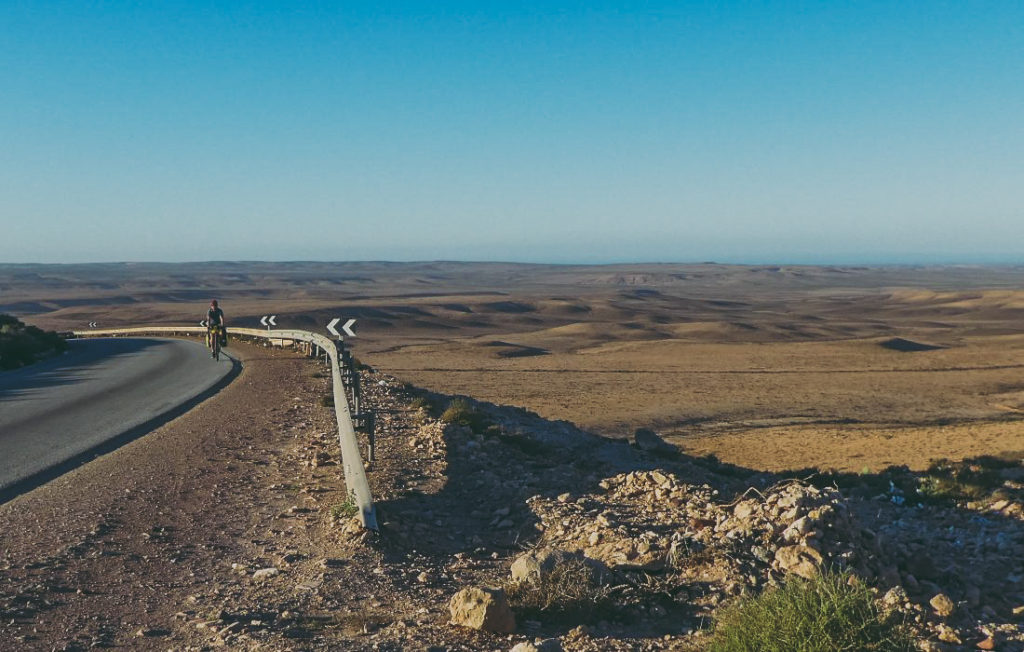
After Morocco, you cycled for thousands of kilometres in the desert. How do you cope with several days without seeing anything or anyone? What distracts you?
We realized that people have a wrong perception of the desert or at least the part where we cycled. We were surprised about the amount of people living in the desert. Every five kilometres, there was a mobile phone antenna with someone taking care of it and many people living along the road.
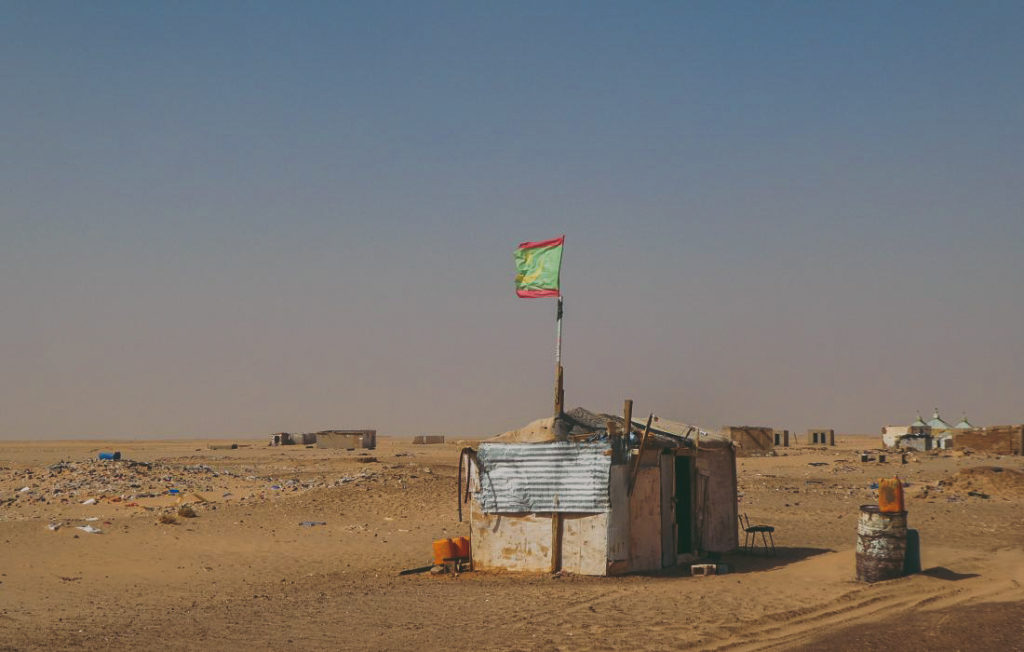
Some anglers live next to the steep cliffs in simple huts. Of course, we did not see many people, but every day we had at least a settlement or fuel station where we could buy water or snacks. When we had strong winds or boring landscapes, we listened to music or audiobooks.


Why have Ladurée when you can have Lamp Fall
You seemed to have some memorable moments in Mauritania. Tell us more about this country that is a complete question mark to most people.
We did not know anything about this fascinating country as well. Mauritanians are extremely friendly and interested. Hospitality is extremely important culturally and we had very warm encounters with locals. The country is rich in resources like iron, gold, nickel and fish, but still ranks among the poorest countries in Africa. Political and ethnical problems make the development hard.
Mauritania offers various kinds of landscapes. On one side, there is the desert with huge and endless sand dunes. In the inland there are rock cliffs and green oasis filled with palm trees and dromedaries.
Somewhere along your journey, you have decided to take a train in the desert. Why did you do it and how epic was it?
At some point in Morocco, we decided to explore the inland of Mauritania without the bicycles. As we cycled a lot in the Sahara we didn’t want to cycle the same route twice in the desert of Mauritania.
Then we read about the iron ore train, which connects the coast to the inland. This was the perfect opportunity to explore the inland by public transportation and take the crazy ride on this train.
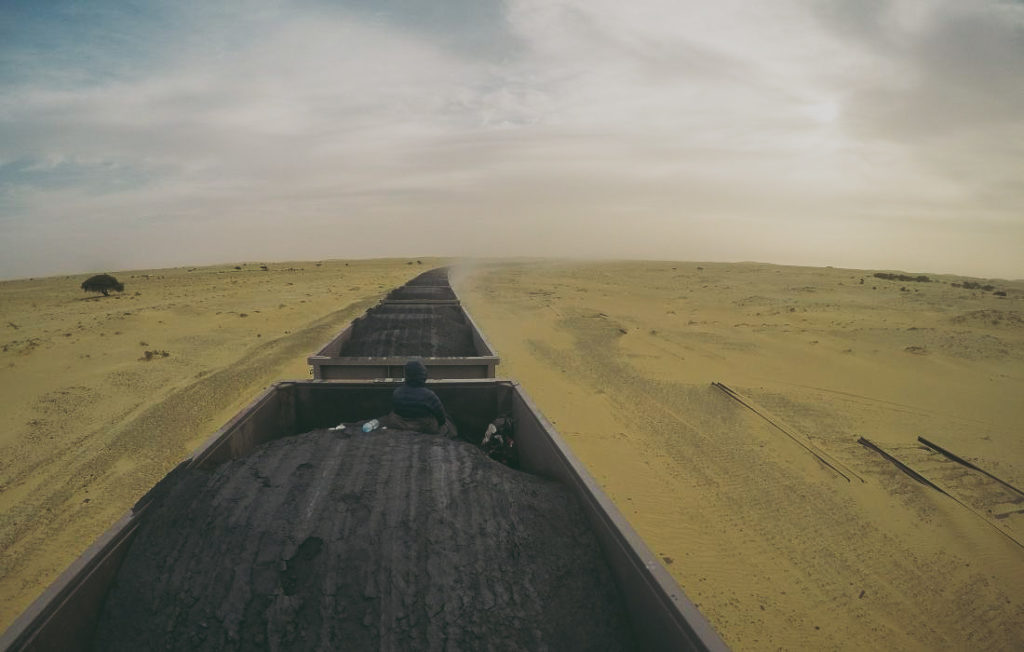
The ride was adventurous, since we had to climb the waggon ourselves. Of course, the waggons were full of powdered iron ore and we had to sleep on a huge pile of it. Completely covered in black powder, we looked like miners when we arrived after a long night on the shaky and windy train. Afterwards, we had to wash all our clothes and sleeping bags several times.

Up to now, what were the main difficulties you found in Africa? How did you overcome them?
The biggest problem was to find good food and water in the Sahara and Mauritania in general. In the shops, they only sell things like cookies or sweets, which are tasty, and we like it, but when you cycle you do not get a full stomach from that.
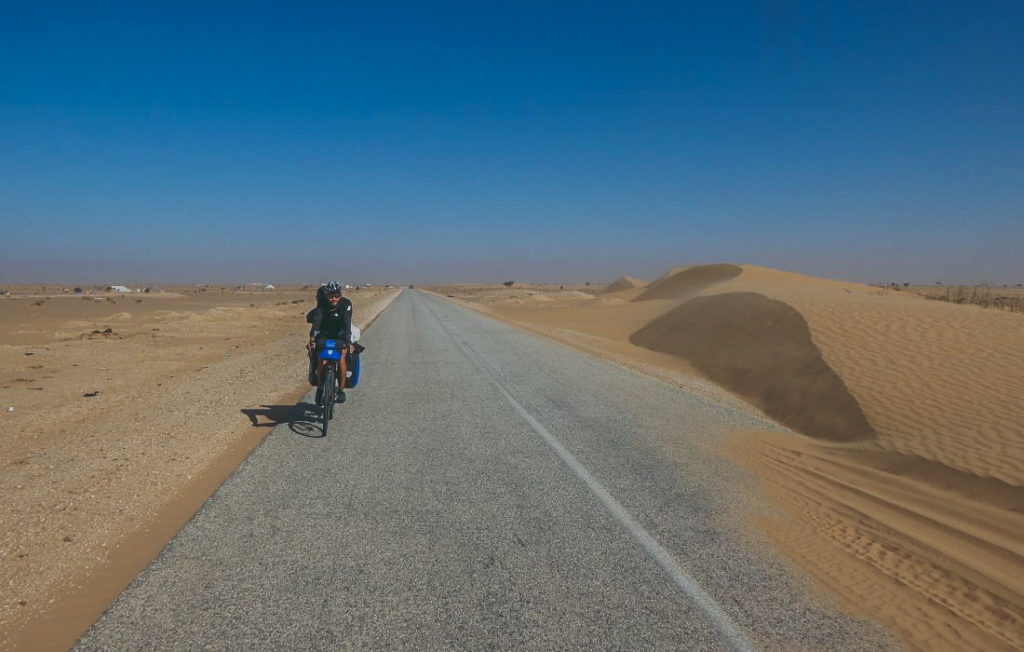
Now that you have reached Senegal, are there any outstanding differences between this country and the previous ones you travelled in (in Africa)?
We expected a big change when crossing the border from Mauritania to Senegal, but it was not as extreme as we imagined. The most prominent change was that all people had dark skin in comparison to only a minority in Mauritania. Additionally, there are more people living in Senegal and the vegetation is greener again.
In Mauritania, there were not many large villages or towns. In Senegal, there was a village every couple of kilometres and mostly full of people. People in Senegal, especially women wear colourful dresses every day. The dresses are more formfitting and a bit more revealing than in the previous countries.
Now, the part I really care about: how’s Cabo Verde?! What are your plans there besides not doing anything?
Cape Verde consists of ten mostly diverse islands and all of them offer different landscapes and things to do and see. We definitely relaxed quite a lot by our standards, but hiked a lot on Santo Antão and Santiago too. There are many different trails for hiking and the ones we did were beautiful.
Surprisingly, the islands we visited (Santiago, Santo Antão, Sao Vicente) are quite green even though there is almost no precipitation all year round. Local farmers are able to harvest bananas, coffee, avocados, papayas and mangos. In Santiago, we relaxed at the beach in the small village of Tarrafal and enjoyed the local cuisine.
When are you going to be back on the road and when are you planning to finish?
After two weeks travelling around Senegal and two weeks in Cape Verde we are really looking forward to cycle again. The plan is to go back to cycling after more two days in Dakar that means around the 21st of February. We really need to clean our bikes and organize our gear again.
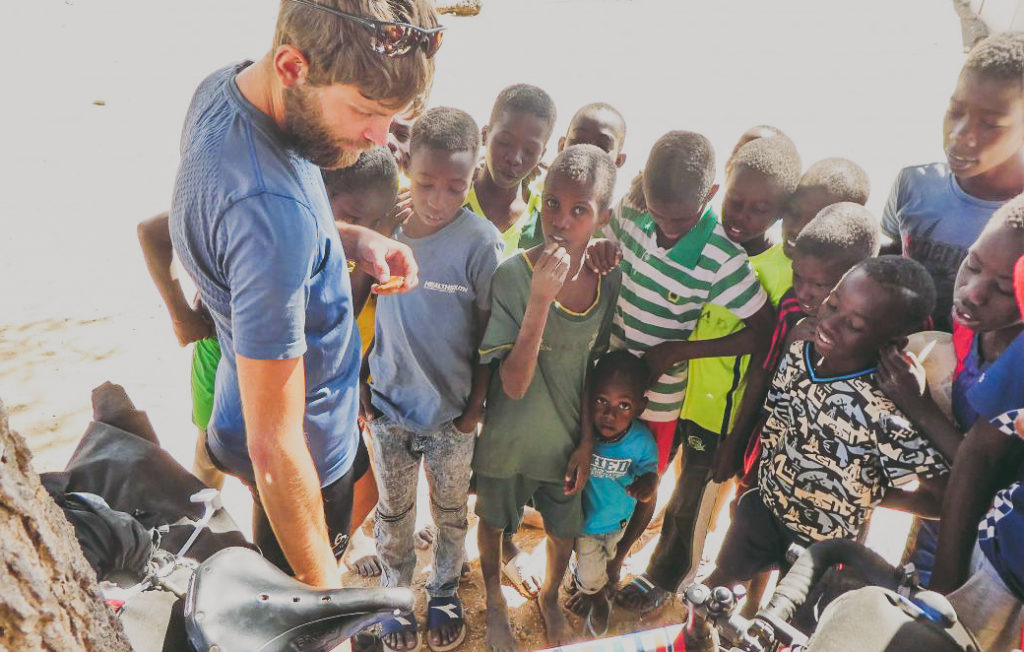
Our original plan was to arrive in Cape Town in the beginning of 2020. However, we realized that most Visas on the way there are quite expensive and we did not plan a lot of time in some of those countries. In addition, we want to travel around the countries too and really discover each country and use the Visas we get. We do not know exactly when we will reach Cape Town. Maybe spring 2020.
Can I meet you in South Africa? Just checked and there are very cheap return flights from London (direct!!)
Yes, this would be awesome!!
Follow these guys in:
Blog: www.cape2cape.org
Facebook: www.facebook.com/Cape2Cape.org/
Instagram: @cycling_cape2cape
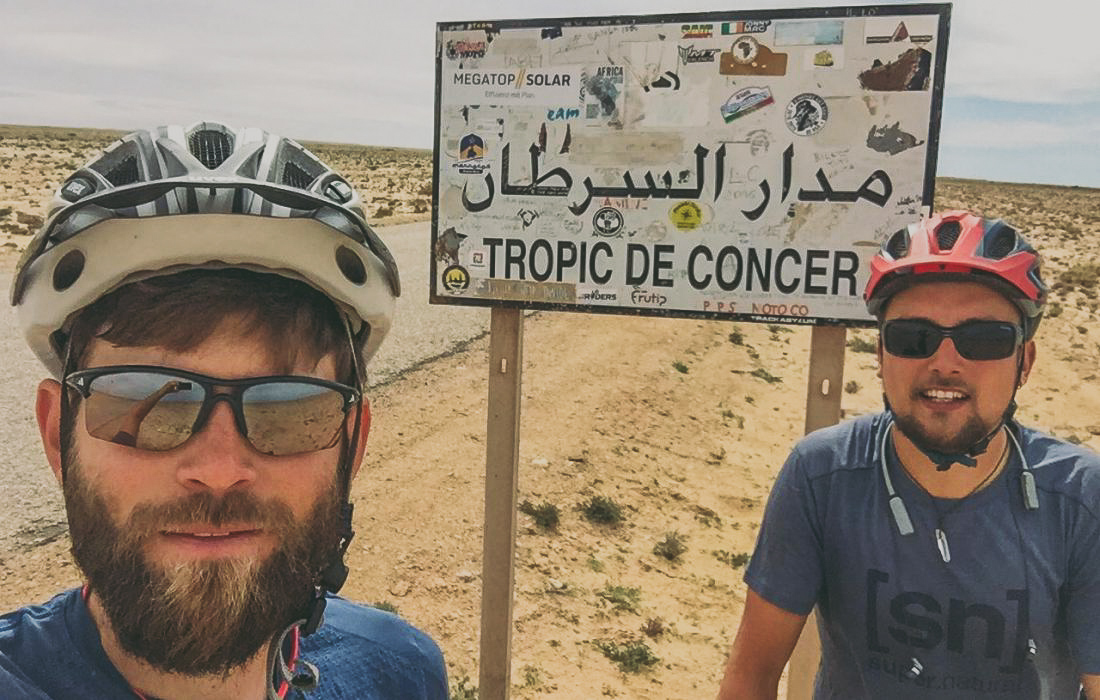
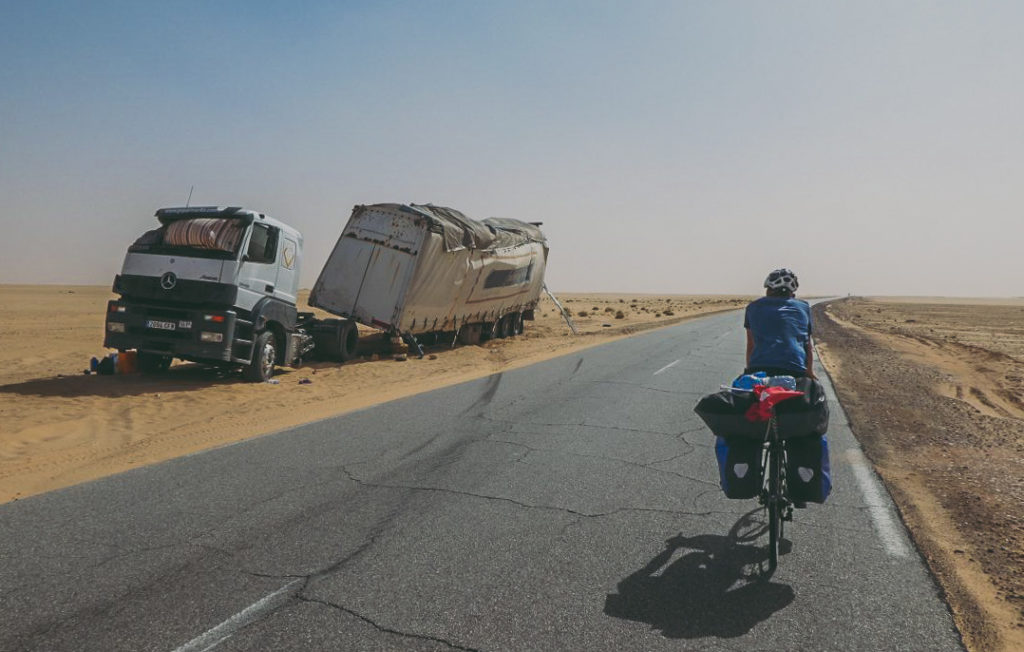
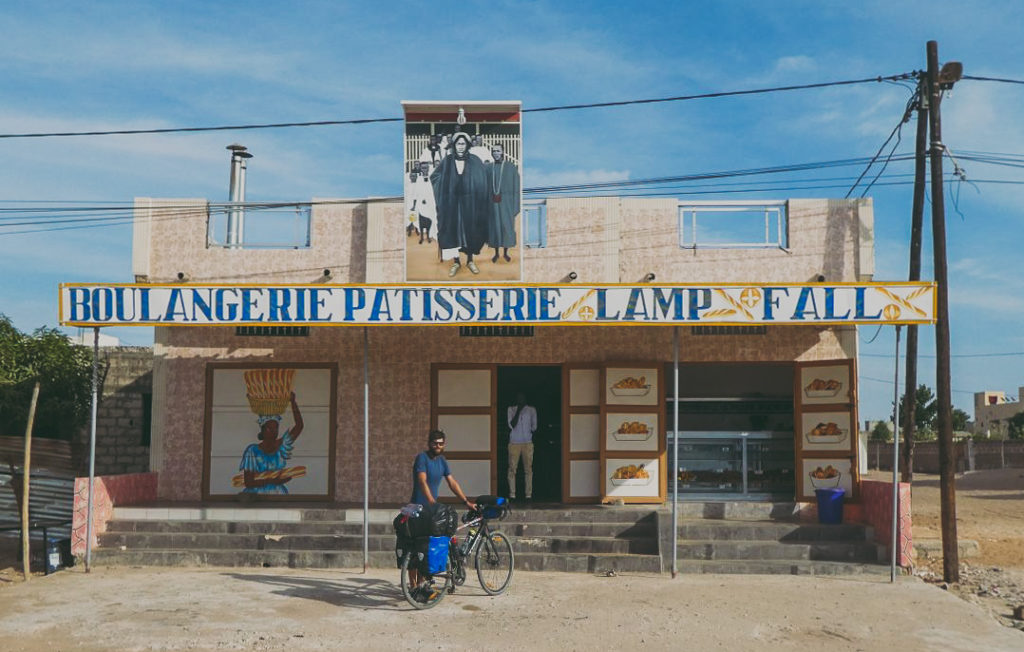
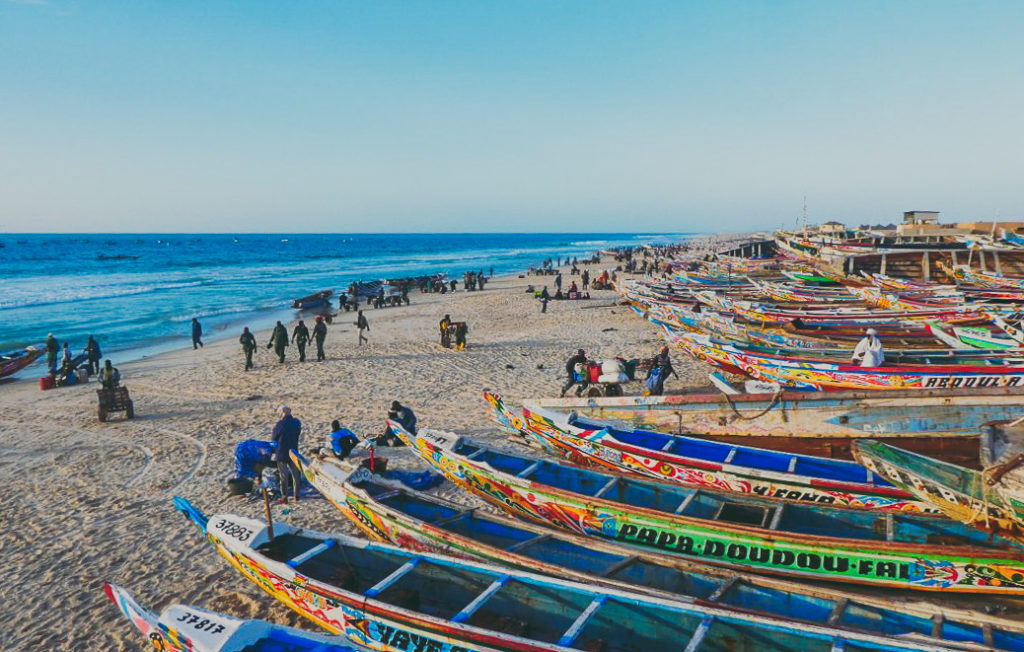
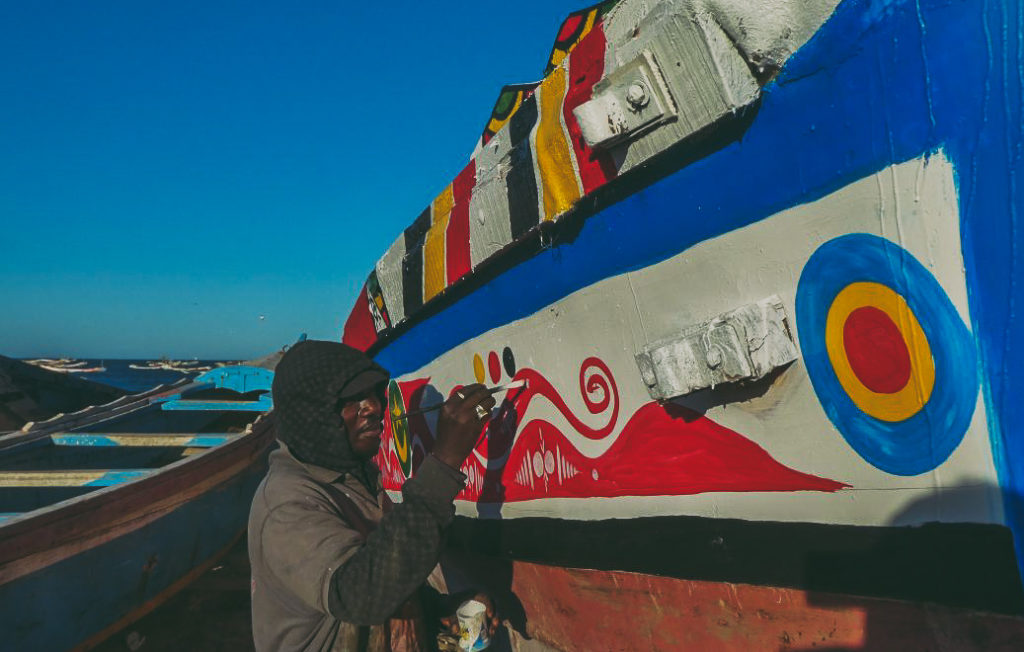
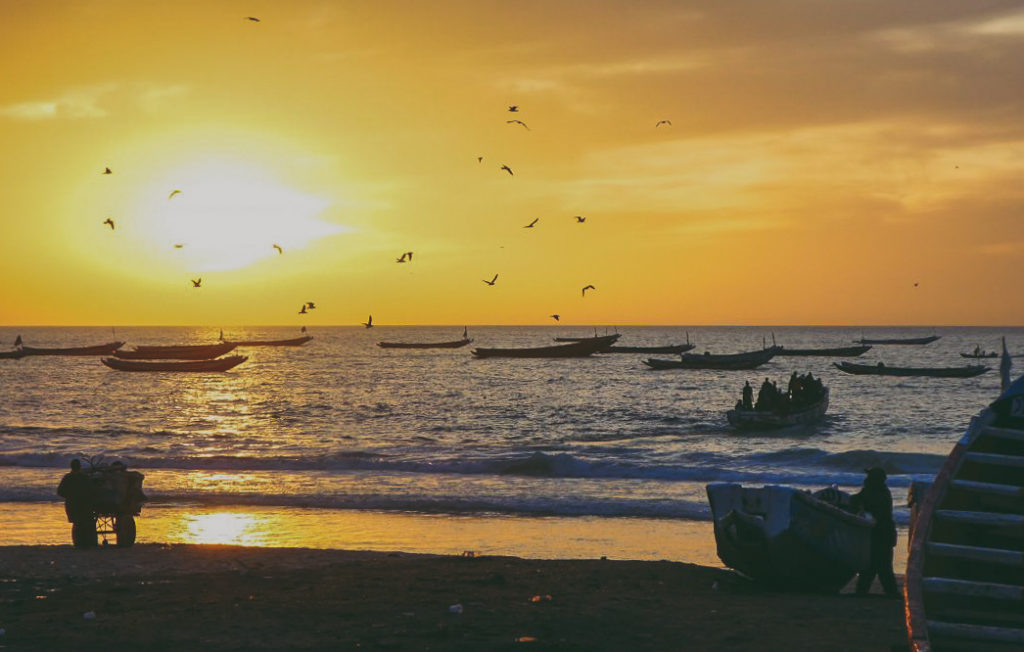
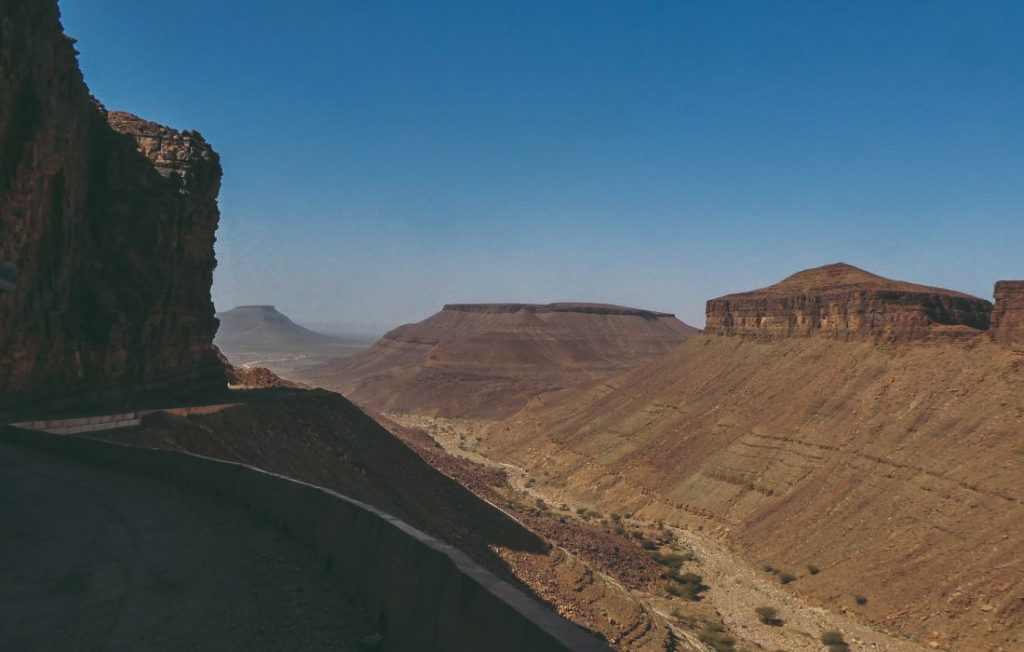
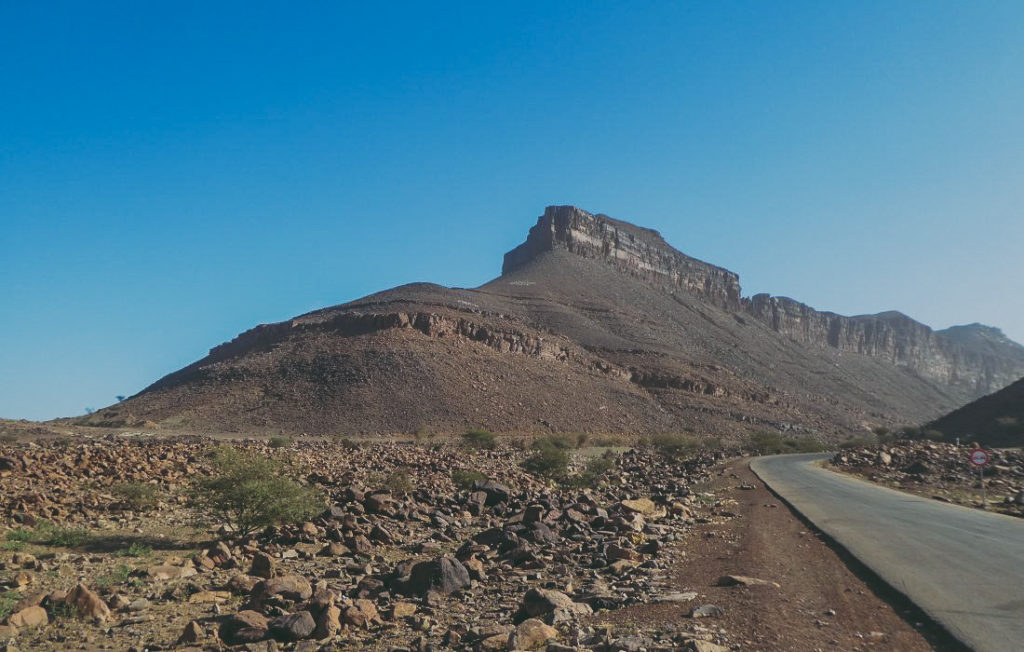
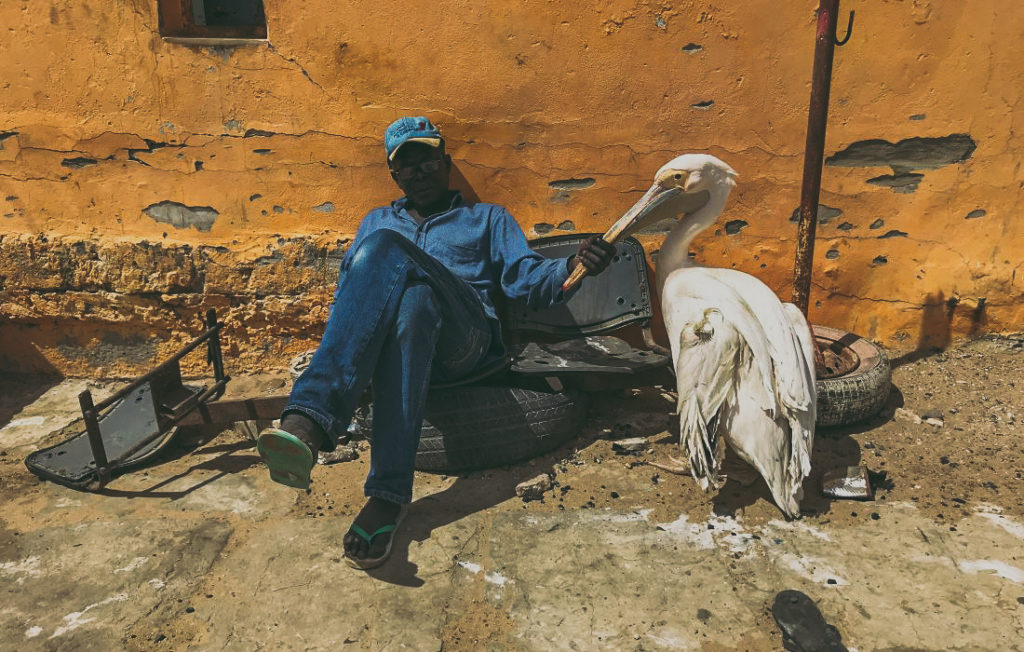
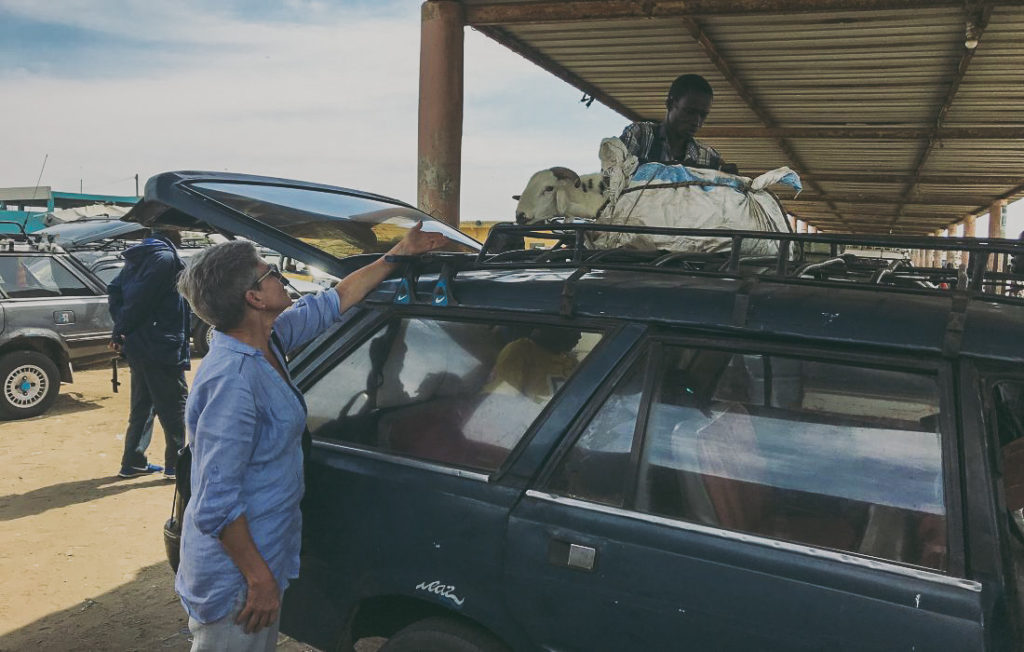
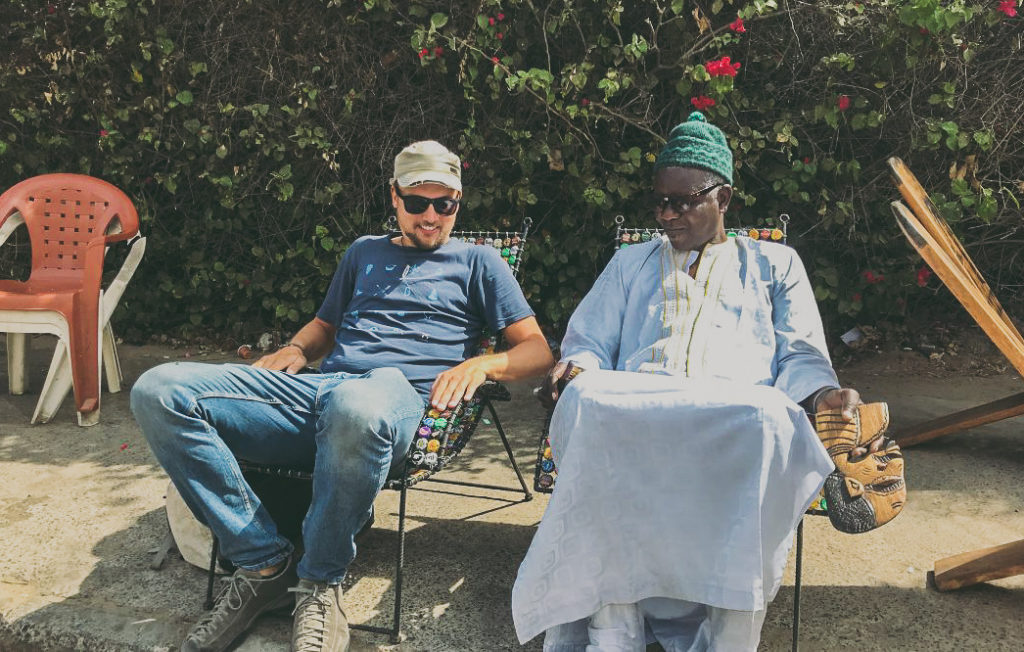
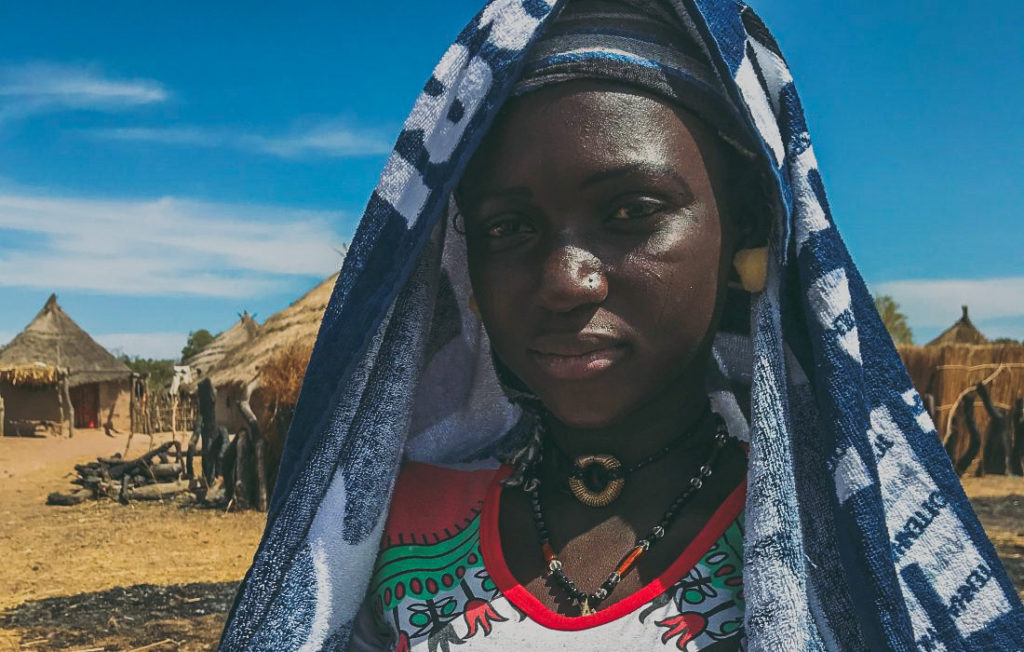
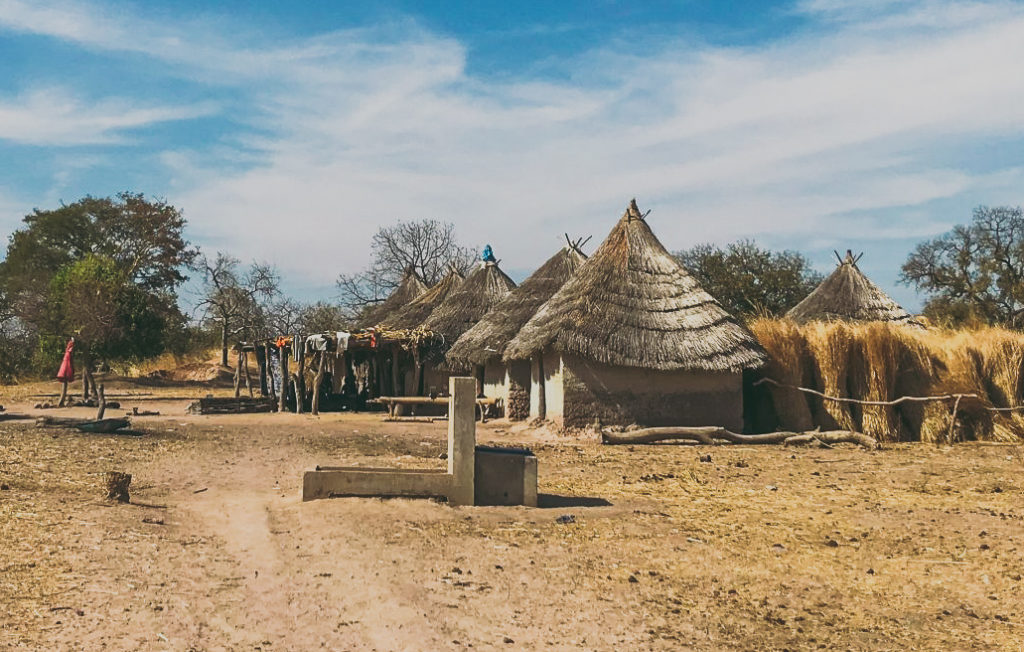
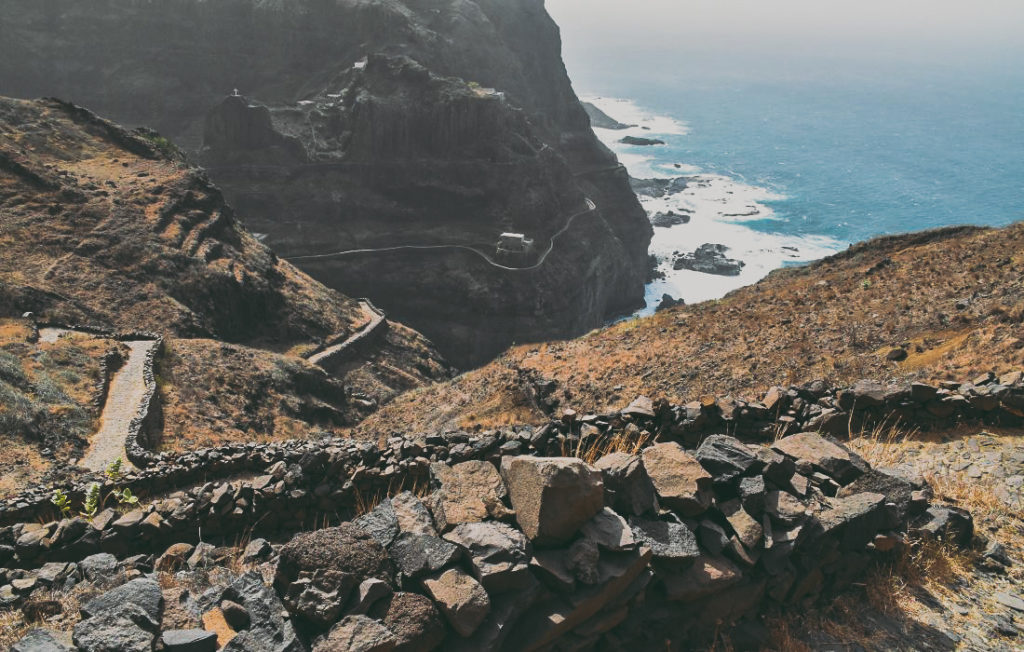
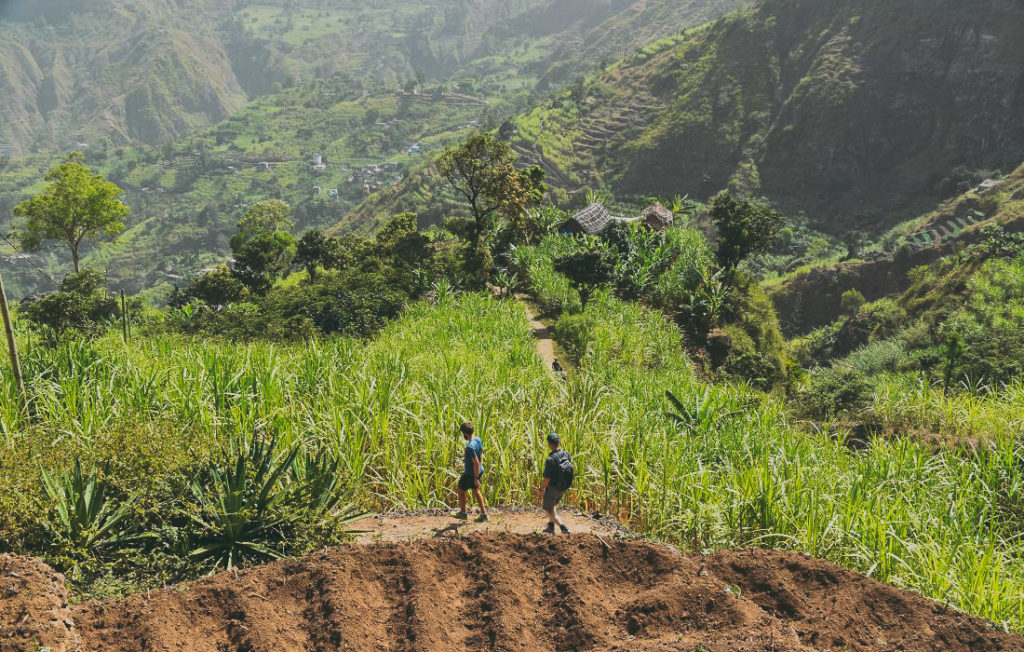
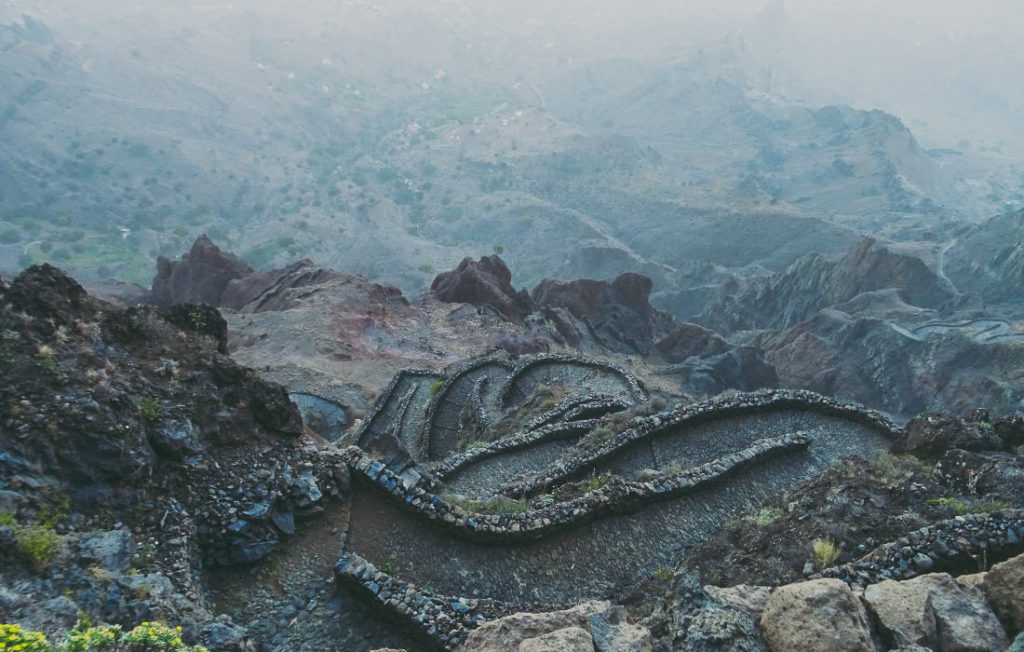
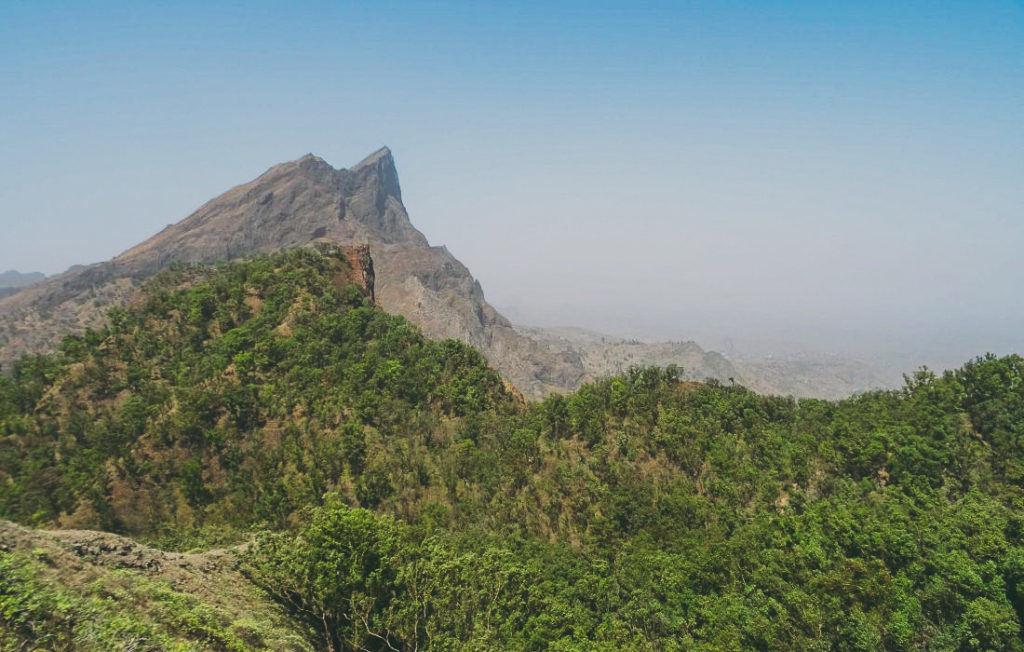
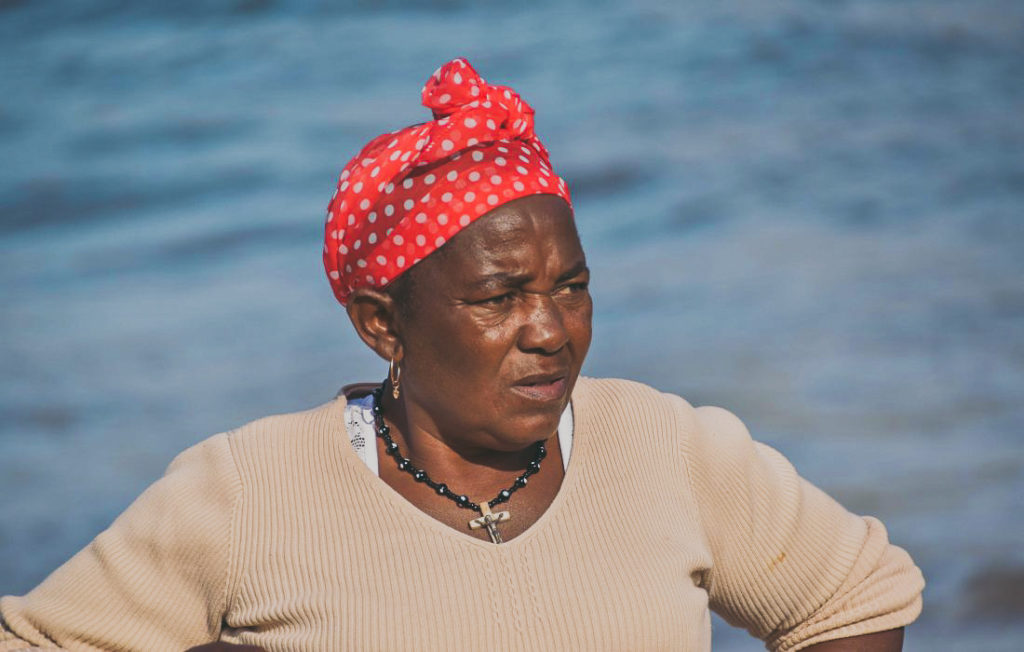
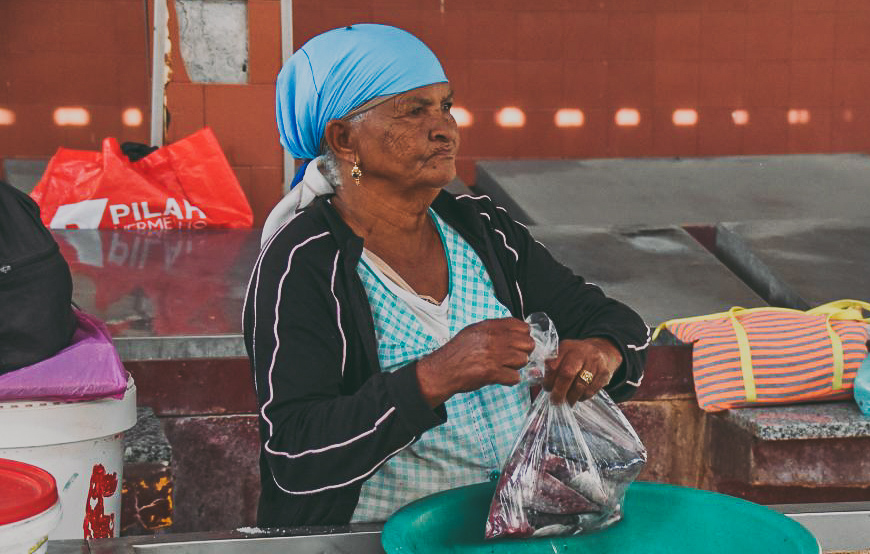
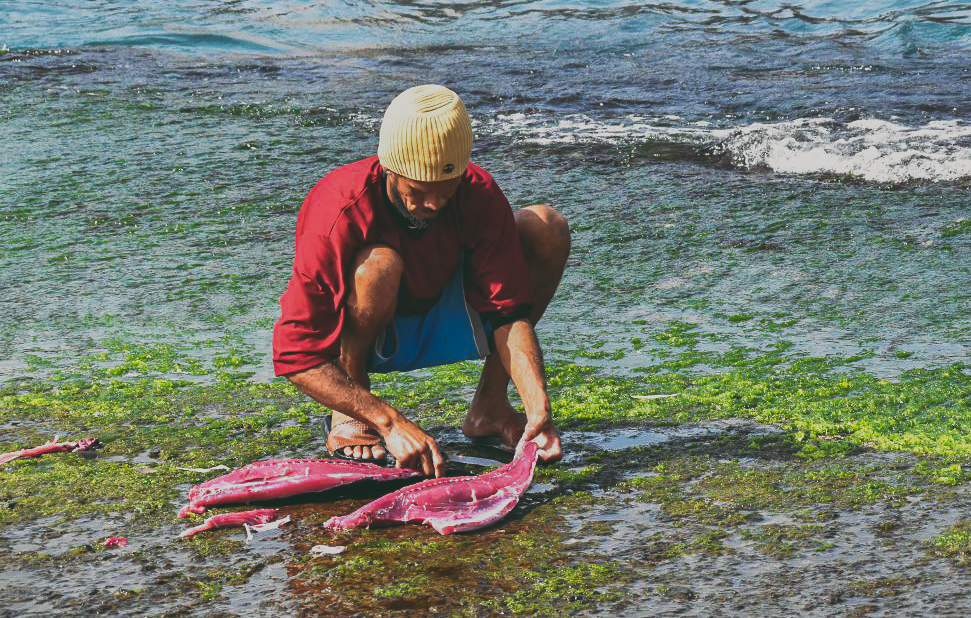
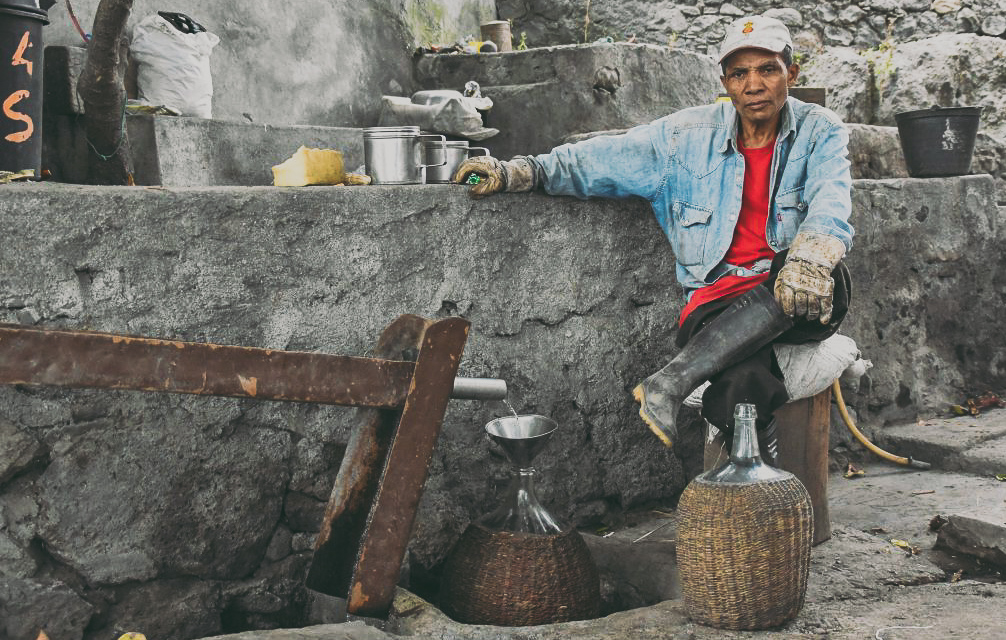
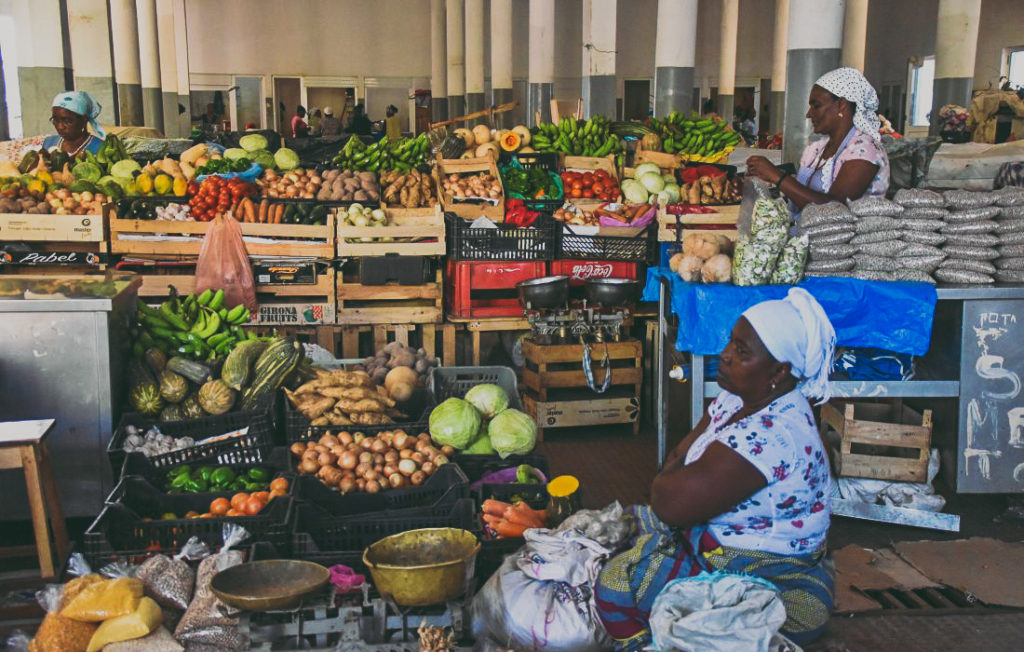


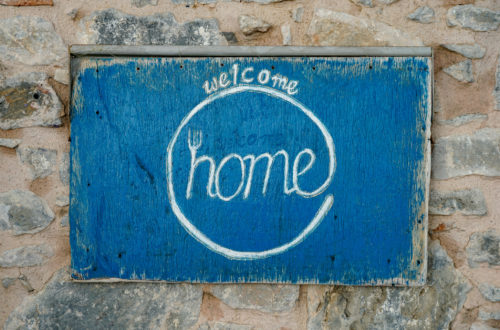
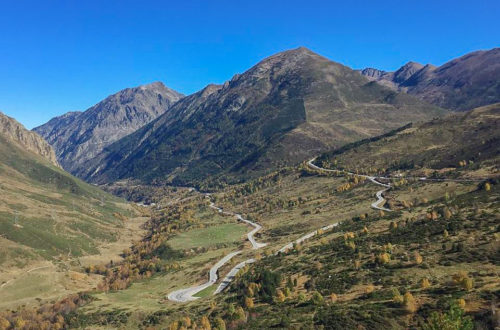
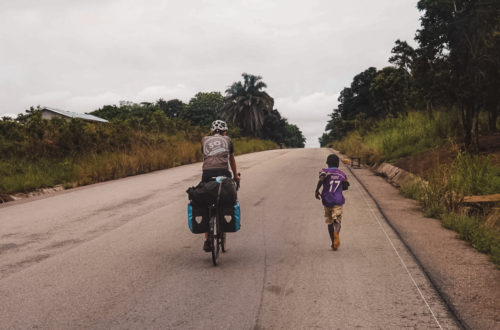
2 Comments
bamboo rice
i was just browsing along and came upon your blog. just wanted to say good blog and this article really helped me.
bamboo seeds orientation
I have a hard time describing my thoughts on content, but I really felt I should here. Your article is really great. I like the way you wrote this information.